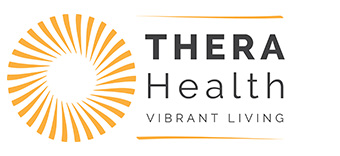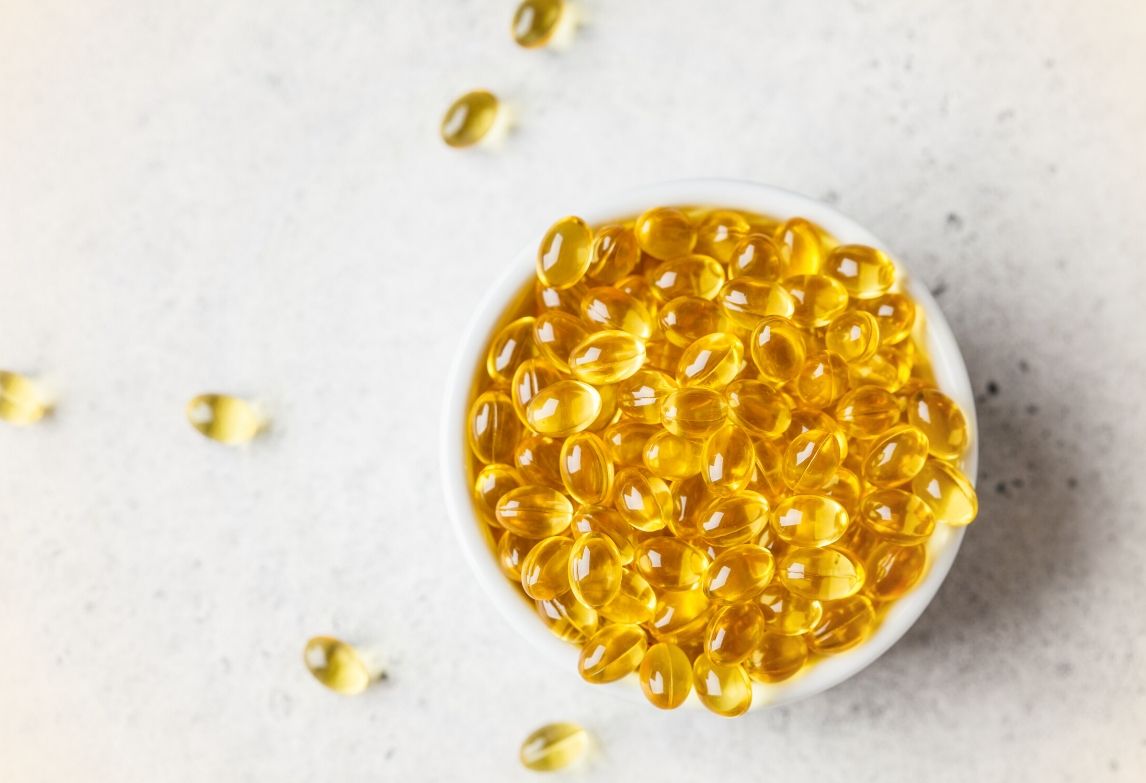HIGHLIGHTS
- A general consensus about how much omega-3s a person should consume every day has not been established, as multiple factors can influence an individual’s need for omega 3’s.
- Omega-3 blood testing is the most efficient way to measure your omega-3 blood levels and determine your personal dietary requirements.
- Research has historically tended to use smaller doses of EPA and DHA, despite evidence that higher doses are safe, well-tolerated, and better able to increase omega-3 levels.
CURRENT OMEGA 3 DOSAGE RECOMMENDATIONS
Although the health benefits of omega-3 fatty acids eicosapentaenoic acid (EPA) and docosahexaenoic acid (DHA) on cellular and metabolic health have been well established, no standard for Omega 3 dosage yet exists (1,2).
As such, several health organisations have released their own dosing recommendations based on available research and various other criteria (3,4). These organisations typically recommend that healthy adults consume a minimum of 500 mg of EPA and DHA each day, but recognise that higher amounts are often needed for individuals with metabolic risk factors and during specific periods of development, such as gestation and infancy (5).
While generalised recommendations are helpful, they do not account for genetic and environmental variables that can affect omega-3 metabolism, and therefore the required dosage (6). As evidence indicates that larger doses of EPA and DHA are safe, well-tolerated, and more effective for increasing omega-3 blood levels than modest doses, higher doses may lead to greater benefits compared to the conventional dosing recommendations (7).
INDIVIDUAL VARIATION AND DOSING

Various factors such as age, sex, diet, body mass, genetics, medication use, health status, exposure to pollutants and toxins all affect the amount of omega-3 polyunsaturated fatty acids required to maintain healthy cellular and metabolic activities (8, 9). This variability in omega-3 status also helps explain why we tend to see mixed results at the outcome of omega-3 research trials (6).
For example, an intake of 1000 mg per day for a highly deficient person may have negligible effects on increasing their omega-3 blood levels, whereas the same dose in an individual that consumes a diet rich in fish and has no trouble metabolising dietary fats may easily help maintain their EPA + DHA blood levels. In light of this variability, EPA+DHA recommendations should be based on individual omega-3 needs and requirements whenever possible.
OMEGA-3 BLOOD TESTING: IMPORTANT NUMBERS TO KNOW
Taking a blood test and working with a healthcare practitioner is the most effective way to determine and rectify your omega 3 levels. Omega 3 blood levels should also be checked after 3-6 months after the initial test and dosing to gauge how the omega-3 levels are reacting to supplementation.
The omega-3 index is a measure of the relative amount of EPA and DHA in red blood cells, expressed as the percentage of the total amount of fatty acids present. If an individual has an omega-3 index of 3.6%, this means that 3.6% of all fatty acids present in their red cell membranes is EPA+DHA.
In terms of an ideal index, an omega 3 index of above 8% is considered cardioprotective and associated with reduced risk of cardiac events, cardiac death, and problems related to coronary health, whereas an omega 3 index of below 4% is considered a risk factor in cardiac diseases (10.11). As Australians have been found to have low levels of Omega 3’s overall, supplementation with Omega 3’s would be an ideal and efficient way to increase the Omega 3 index (12).
OMEGA-3 INTAKE RECOMMENDATIONS

All individuals, regardless of age or health status, are encouraged to undergo blood testing and work with a healthcare practitioner who can make personalised recommendations based on their unique dietary needs. However, in the absence of testing, we have provided general daily recommendations, based on life stage and general health status. These recommendations are informed by:
- Extensive review of the omega-3 and human physiology literatures.
- Consideration of factors that affect omega-3 synthesis and absorption.
- Clinical evidence demonstrating that higher doses of omega-3’s result in higher omega-3 levels (6,11).
- Research indicating that doses as large as 5000 mg per day are safe for daily consumption by adults (7).
Importantly, these dosage recommendations should be combined with efforts to consume:
- Oily, wild-caught fish at least twice a week.
- A low intake of omega-6 fats (commonly found in vegetable oils, nuts, processed foods, etc.).
This is because omega-6 fats compete with omega-3s for the enzymes needed to synthesise their fatty acid derivatives, and thus, excessive consumption of omega-6 fatty acids may effectively replace omega-3’s within cell membranes.
- Healthy Children (ages 4-12): 2000 mg EPA+DHA per day
- Healthy Adolescents (ages 13-18): 2000-3000 mg EPA+DHA per day
- Healthy Adults (ages 18+): 3000-4000 mg EPA+DHA per day
These dosages are often higher than the generally recommended adult dosage of 500 mg of EPA+DHA daily (5). That is due to the fact that the 500mg is a suggested minimum, rather than the ideal dosage required for optimal cellular health and functioning. The modest dosages were based on research that utilised the caution in the dosing for safety concerns. However, recent evidence suggests that doses as large as 5000 mg per day are safe for daily consumption and more effective for raising the omega-3 index for cardioprotective benefits (6, 11).
3000MG – 4000MG OF EPA AND DHA PER DAY IS SUPPORTIVE FOR MOST HEALTHY ADULTS
In summary, a number of factors contribute to an individual’s omega-3 status, and the amount of EPA and DHA they require for optimal cellular health. Although the only conclusive way to ensure you are meeting your daily needs is through blood testing, supplementing with 3000 to 4000 mg of EPA+DHA daily should provide sufficient support for most healthy adults, and importantly, buffer against the competitive effects of factors impeding omega-3 metabolism.
References
- Simopoulos A.P. Biomed Pharmacother. 2002. 56(8): p. 365–79.
- Calder, et al. Postgrad Med. 2009. 121(6): p. 148–57.
- International Society of the Study of Fatty Acids and Lipids (ISSFAL). June. 2004.
- Siscovick, et al. Circulation. 2017. 135: p. e867–e884.
- GOED. Global Recommendations for EPA and DHA Intake. April. 2018.
- Superko, et al. Circulation. 2013. 128: p. 2154-2161.
- European Food Safety Authority. EFSA Journal. 2012. 10(7): p. 2815.
- Suburu J., et al. Food Biosci. 2013. 1(4): p. 1-12.
- Teslovitch T.M., et al. Nature. 2010. 466(7307): p. 707-713.
- Von Shacky C. Nutrients. 2014. 6: p. 799-814
- Flock, et al. J Am Heart Assoc. 2013. 2: p. e000513
- Stark et al. Pro in Lipid Research. 2016. 63: p. 132-152
GINA JAEGAR, PHD
DEVELOPMENTAL SPECIALIST AND LEAD RESEARCH WRITER FOR NORDIC NATURALS
Gina holds a doctorate in Human Development, and has published several research articles on children’s cognitive development. Gina enjoys studying and educating others on strategies for optimizing health and wellness throughout the lifespan.








Leave a Reply
Want to join the discussion?Feel free to contribute!